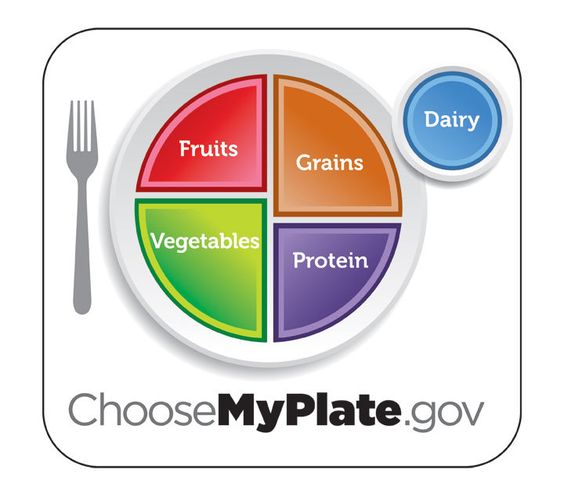Quinoa as a Chenopod
|
Harvested Quinoa
|
According to Wikipedia, it is a specie of goosefoot (Chenopodium), which is a grain-like crop primarily grown for its edible seeds. It is a pseudo-cereal rather than a true cereal, or grain, as it is not a member of the grass family. As a chenopod, quinoa is closely related to species such as beets, spinach and tumbleweeds.
Health benefits:
The nutrient composition is very good compared to cereals. This is the ingredient of choice for people with health issues and are health-conscious alike, because it is packed with the nutrients like potassium & magnesium, thiamin, Vit B6, calcium, phosphorus, folate and iron, zinc. It also has all the amino acids our bodies need to recuperate and build healthy cells. Amino acids are protein building blocks. And guess what? They are gluten-free as well.
Just imagine how this seed is packed with nutrients often most people are inadequate of. If we just turn to quinoa from time to time, we don't actually need a pill supplement to nourish us. We just have to be resourceful enough when planning our meals.
Is it another GRAIN?
Cooked Quinoa
|
Quinoa is categorized as a seed. Though it has similar characteristics and preparation method to grains, they are not considered as grains. Their color range from beige to red to black, depending on the variants. It has a mild, nutty flavor that is chewy in texture. It has been around for several thousands of years. Commonly found in whole grain-breads, cereals, flours and pastas. It is said to expand to 4 times its size when cooked. Each cup of dry seeds yields to 4 cups of cooked quinoa.
Remember!
One thing that you have to keep in mind though is that Quinoa has saponin. Saponins are bitter-tasting coatings of quinoa that makes it unpalatable. So we have to wash it off very well to remove the taste. If you're buying it in bulk, pre-soak your quinoa for 15-30 minutes depending on how much time you have. Others would suggest to soak it for 2 hours prior to rinsing. But it all depends on you. When rinsing, it was suggested to make use of a fine metal strainer or colander, so you're not wasting any quinoa as you drain the rinsing water off. Rinse for 2-3 minutes as suggested.
Cooking made E-A-S-Y:
A standard method of cooking is 1:2. 1 part of quinoa is to 2 parts of water. Bring to a simmer then reduce to low. Let it cook for 30-35 minutes.
But I like it better the Wendy's way. Reduce the water ratio to 1:1-1/4 or 1:1-3/4 depending on your preference of consistency. I cook it in a rice cooker because I have no time to watch it when I'm busy with my 2 kids at home. Treat it like you're cooking rice. Just bear in mind that quinoas expand 2-3x the size of a rice. So make a good estimate when cooking so as not to overflow your cooker. The consistency is way better than the 1:2 quinoa/water ratio. Also, you can substitute chicken soup for water to add flavor to your quinoas.
With all these in mind, I think it's best to start exploring on its possibilities to incorporate in our meals. We may start with some basic suggested recipes, and later be innovative as to how else we can make use of quinoa that will be pleasing to our palates.
Happy quinoa-eating!
























